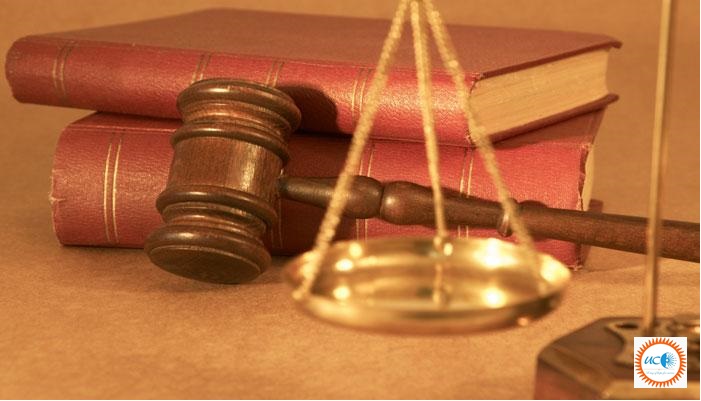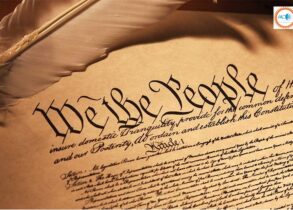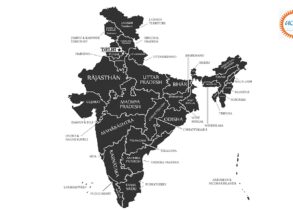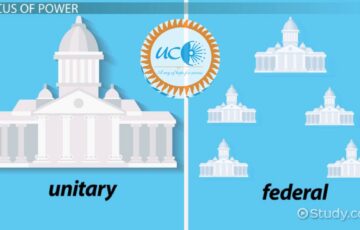‘Doctrine of Essentiality’
Q. What do you mean by ‘doctrine of essentiality’? How has judiciary used this doctrine to address conflict between various fundamental rights? Explain with examples.
Approach:
- Start by defining essential religious practices and doctrine of essentiality.
- Mention the conflict between various fundamental rights like the right to equality and freedom of religion.
- Then explain with recent examples how judiciary has used doctrine of essentiality to address conflict between fundamental rights.
- Mention the criticism of essentiality doctrine. Conclude by describing judiciary as a pillar of constitutional morality.
Essential religious practices are important customs and rituals without which a religion loses its glory and that must be adhered to by the followers of the religion. The doctrine of essentiality (DoE) is jurisprudence (legal principle) framed by the Supreme Court to determine which religious practices qualify as essential religious practices and are protected under Article 25.
DoE was invented by SC in the Shirur Mutt case 1954. The court held that the term “religion” will cover all rituals and practices “integral” to a religion, and took upon itself the responsibility of determining the essential and non- essential practices of a religion. The court has used DoE in various cases to protect citizens against infringement of fundamental rights like right to equality (Article 14), life with dignity (article 21) etc.
In recent times, doctrine of essentiality has been used by the court to resolve incidents of conflict between various fundamental rights as discussed below:
- In Triple Talaq case (2017), SC protected the right to live with dignity and personal liberty by declaring that triple talaq does not constitute essential religious practice.
- In Sabarimala Case 2018, SC declared the exclusion of women of menstrual age from the temple as unconstitutional and not an essential practice. The court upheld the right to equality (article 14), right to meaningful life (article 21) and freedom of religion subject to morality (article 25).
- The Karnataka HC has declared that wearing Hijab is not an essential practice and held that schools were at liberty to prescribe uniforms within school as reasonable restrictions. (March 2022- matter is pending in the SC)
However, many scholars have criticized this doctrine because:
- Court is guided by laws and constitution; it is not an eclectic body. Judges do not have expertise in religious affairs. In dissenting note in Sabarimala case, Justice Indu Malhotra asserted that the question of what is religious should be left to be decided by religious community.
- For a devout person, every religious practice is essential religious practice; for an atheist, nothing can be religious. Court deciding on such subjective matters takes away individual autonomy.
- Application of this doctrine may lead to unpredictable and undesirable consequences:
Hijab case might lead to denial of education to women from a particular community.
In Ismail Faruqui case 1994, court concluded that a mosque was not essential to the practice of Islam and that Muslims could offer namaz anywhere. Conflicts about offering namaz at public places in Gurgaon have emerged from this judgement.
4 The doctrine of essentiality doesn’t recognize diversity within the same religion.
Despite these criticisms, this doctrine has been pivotal in upholding constitutional morality while also delineating the contested boundary between secular and religious aspects of society and between religious rights and social reforms.









